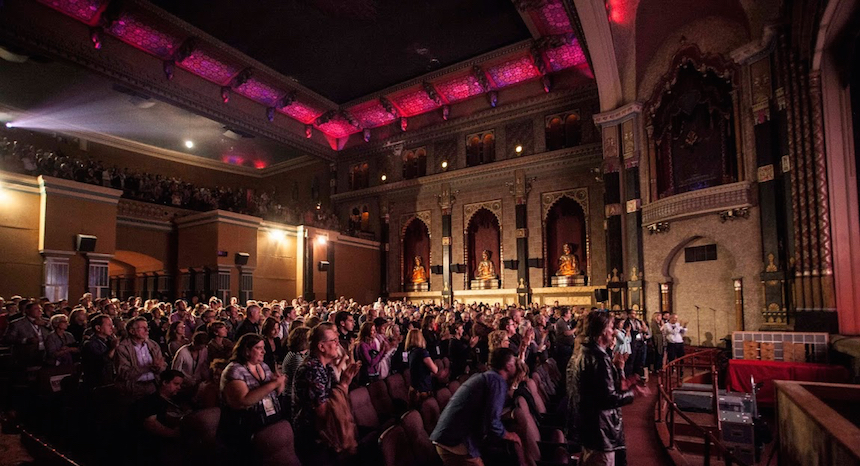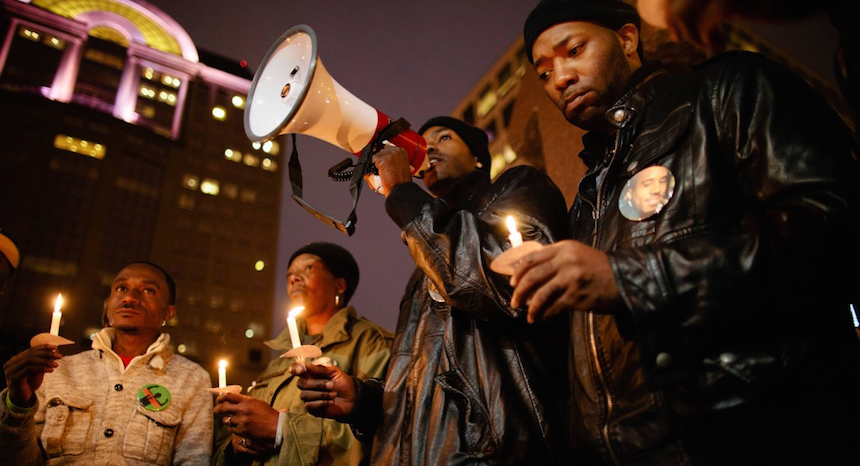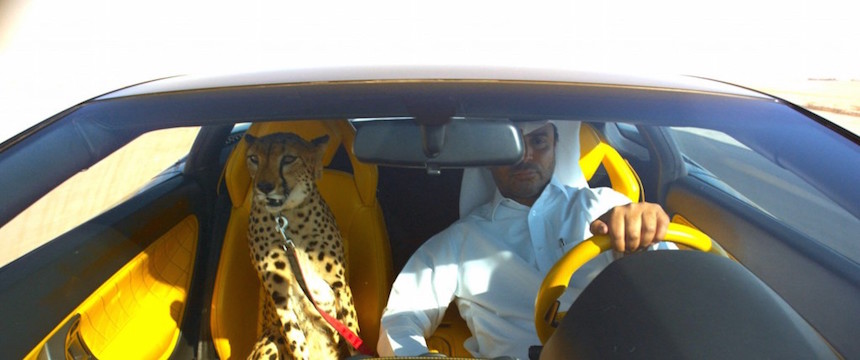Milwaukee Film Festival 2017 Dispatch: A Weekend of Cinema & Culture in The Brew
On my first day in Milwaukee I learned a new term : Cream City Brick.
Hold on a second and say it aloud. Let it roll around in your mouth. Cream City Brick. There's something very satisfying about the combination of those words, isn't there? There's a real weight to them. You can feel it. You can feel a history in them. The history of a city, and the history of its people.
You can make out these cream colored bricks all over Milwaukee, Wisconsin. Cultivated from a clay found on the banks of Lake Michigan and the Menomonee River Valley, the bricks were used to construct a plethora of late 19th century buildings, across neighborhoods, industries and classes. They were used to build churches. They were used to build breweries. They were used to build homes.
When traveling in general, discovery with context is everything. When traveling to film festivals, getting a real sense of the place you're visiting to, yes, watch as many movies as you possibly can, only enriches such viewing experiences. Milwaukee is widely known for its beer brewing legacy, its socialist mayors and its Civil Rights history. With three intersecting rivers at its center and sixteen bridges to accommodate, it is a literal city of crossroads and borders; islands, ferries, water ways; lines visible and invisible. On the edge of one of the largest lakes in the world, Milwaukee is a city in flux, wearing its history in plain sight. There is a grandness here that goes back to its Germanic and Indigenous roots. There is also a weathered and weary sense of self in the bones of this place. Like many American places east of the Mississippi, the Old/New World energy here almost feels mystical, haunted... . And then there is a post-civil war industry; a modern world in strife. Like anywhere, you hear the echoes of this through a city's culture, politics, racial divides and its relationship to the arts: the progressive touchstone of humanity. A place where empathy and action can perhaps be refined.
True to its myriad nature, Milwaukee has many nicknames. One of them is the City of Festivals, so it's rather fitting that in its relatively short 8 years, the Milwaukee Film Festival has become one of the largest film fests in the United States, now averaging 72,000 attendees in its two-week run. The passion for a diverse array of cinema was evident early on in my arrival. At each screening I attended on Friday, nearly half if not more of the audience were Milwaukee Film members... thus insuring a robust series of foreign language and independent films are seen throughout the year here in Cream City. While cinema may be cultivated at heavy hitter fests like Sundance, it is my belief, as someone who attends a plethora of fests far and wide, that the culture of cinema itself only becomes sustainable through regional and mid-sized city festivals like Milwaukee. In a digital world where our attention for entertainment and narrative is constantly fractured and divided I cannot emphasize this enough. Why exactly? Here, the films come to the people (not the industry) and their appetite for them -- as was evident at the majestic movie palaces the Downer and The Oriental -- is absolutely voracious.
Like the city itself, my dispatches from the 2017 Milwaukee Film Festival will be an odd and beguiling assortment of things: part travelogue, half culture blog, with some movie reviews, of course. And to start things off, here's a look at a trio of flicks that couldn't be more wildly different from each other.
The 2017 Milwaukee Film Festival runs from September 28 - October 12. Click here for more info.















